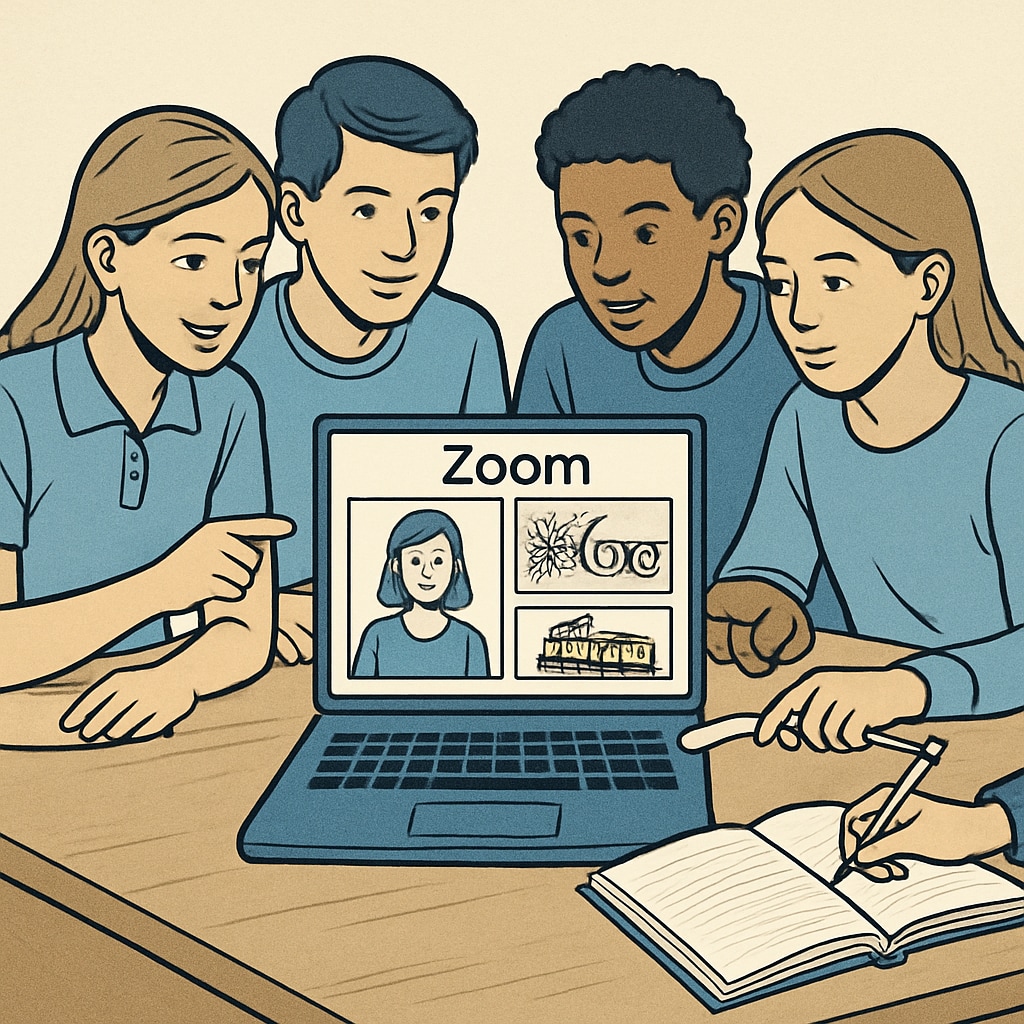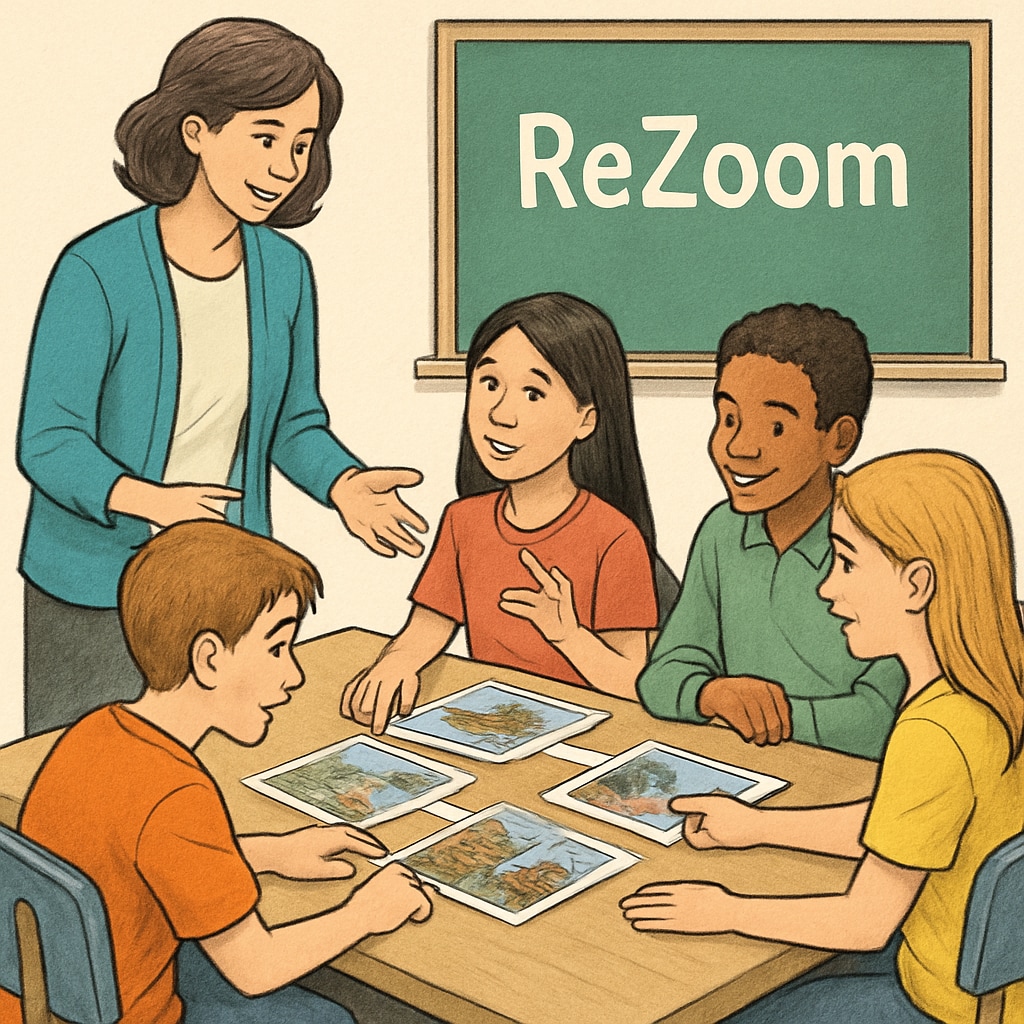Zoom and ReZoom teaching activities are innovative tools designed to enhance students’ visual thinking and logical reasoning capabilities. Despite the lack of standard answers, these activities provide a dynamic framework for educators to foster critical thinking and problem-solving in classrooms. This guide outlines the principles behind Zoom and ReZoom, practical strategies for implementation, and tips for navigating challenges in uncovering answers.
Understanding Zoom and ReZoom: A Visual Thinking Framework
Zoom and ReZoom are educational activities that engage students by challenging them to piece together a sequence of interconnected images. Each image serves as part of a larger narrative, requiring participants to identify patterns, infer relationships, and logically reorder the visuals. This process not only develops visual cognition but also encourages collaboration and creative problem-solving.
Zoom focuses on individual images that zoom in to reveal intricate details, while ReZoom builds on the concept by zooming out to reveal broader contexts. Together, these activities promote holistic thinking and the ability to shift perspectives seamlessly.

Strategies for Implementing Zoom and ReZoom in the Classroom
To maximize the effectiveness of Zoom and ReZoom activities, educators can follow these strategies:
- Preparation: Gather a sequence of images that are deliberately interconnected, either thematically or visually. Ensure the images vary in complexity to accommodate different skill levels.
- Group Setup: Split students into small groups to encourage cooperation and diverse perspectives. Assign roles, such as a “visual interpreter” or “logical connector,” to engage everyone equally.
- Guided Discovery: Provide minimal instructions and allow students to explore connections independently. Offer guiding questions, such as “What does this image suggest about the next one?”
- Debrief and Reflect: After completing the activity, facilitate a discussion where students share their thought processes and insights. Highlight key takeaways, such as the importance of perspective and logical reasoning.

Overcoming Challenges in Finding Answers
One of the unique aspects of Zoom and ReZoom activities is the absence of predefined answers. To address this, educators can rely on the following approaches:
- Focus on Process, Not Perfection: Emphasize the value of the reasoning process over arriving at a “correct” solution. This encourages students to experiment and learn from mistakes.
- Encourage Open-Ended Thinking: Promote multiple interpretations of the image sequence, allowing students to explore diverse perspectives.
- Utilize Peer Feedback: Facilitate peer-to-peer discussions where students critique and refine each other’s reasoning.
- Provide Scaffolding: Offer hints or prompts when students encounter significant roadblocks, ensuring consistent engagement without undermining their independence.
For educators seeking inspiration, external resources such as Wikipedia’s page on visual perception and Britannica’s guide to critical thinking provide valuable insights into cognitive and logical frameworks.
Why Zoom and ReZoom Activities Matter
In addition to honing visual and logical skills, these activities help students build soft skills such as teamwork, communication, and adaptability. The open-ended nature of the exercises mirrors real-world problem-solving scenarios, preparing students for challenges beyond the classroom. As a result, educators who implement Zoom and ReZoom activities effectively can cultivate a more dynamic, engaging, and skill-focused learning environment.
Readability guidance: Use concise paragraphs, lists for clarity, and transitional phrases like “for example,” “as a result,” and “however” to ensure smooth flow. Avoid excessive passive voice and maintain an average sentence length of 12–16 words. Images should complement the content and align with their descriptions below.


